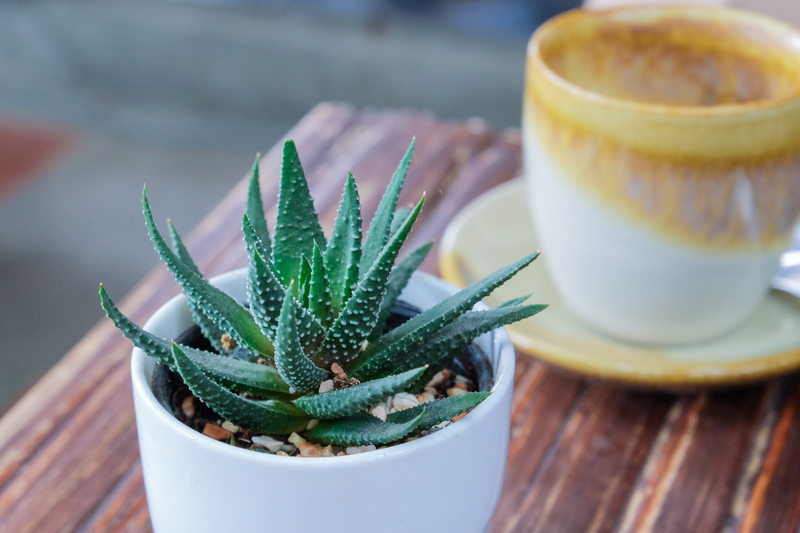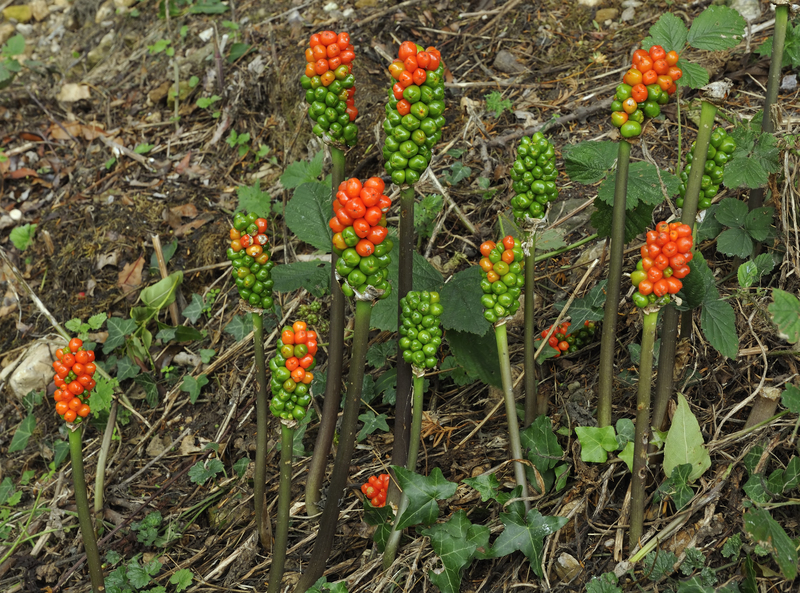Eco-Friendly Approaches to Avoiding Drought-Related Lawn Damage This Summer
With rising temperatures and increasingly unpredictable weather patterns, drought conditions are becoming more common during summer months. As a result, many homeowners struggle to maintain lush, green lawns while also being mindful of their environmental impact. Fortunately, there are numerous eco-friendly ways to prevent drought damage on your lawn and ensure your outdoor space remains verdant and healthy all season long. In this article, we provide a comprehensive guide to sustainable lawn care during drought, offering practical tips, techniques, and solutions you can start using today.
Understanding Drought-Stress and Its Impact on Lawns
Before diving into solutions, it's important to understand how drought affects turfgrass. Drought-stress occurs when the water available in the soil is insufficient for healthy plant growth. Lawns under drought stress may show symptoms such as:
- Yellowing or browning grass blades
- Footprints or mower tracks that don't spring back
- Thinning or patchy spots
- Wilting and loss of vigor
Traditional approaches often involve excessive watering, but water conservation has become essential for the environment. By adopting eco-friendly tactics, you can limit water usage, lower your bills, reduce runoff, and enjoy a beautiful, drought-resistant lawn.

Top Eco-Friendly Approaches to Minimize Lawn Damage from Drought
1. Choose Drought-Tolerant Grass Varieties
One of the most effective methods for preventing drought-damage is to plant drought-resistant turfgrass species. These grasses are genetically adapted to survive with minimal water, making them ideal for regions prone to dry summers. Some popular options include:
- Bermuda Grass: Thrives in full sun and uses less water than traditional cool-season grasses.
- Zoysia Grass: Durable and requires less frequent irrigation while maintaining lush growth.
- Buffalo Grass: Native to North America; extremely drought-tolerant and low-maintenance.
- Tall Fescue: Among the most drought-tolerant cool-season grasses, especially newer varieties.
- Fine Fescue blends: Offer a soft, resilient surface that stands up to drought and shade alike.
_If you are renovating or reseeding your yard, analyze your region's climate and soil before selecting the most suitable drought-tolerant lawn variety._ By opting for these sustainable grass alternatives, you'll reduce your landscape's water requirements and boost its resistance to summer heat.
2. Prioritize Smart, Efficient Watering Techniques
A key principle of eco-friendly drought lawn care is efficient irrigation. Overwatering not only wastes precious resources but can actually increase your lawn's vulnerability to pests and disease. Follow these best practices to ensure efficient, water-wise lawn hydration:
- Water Deeply, But Infrequently: Encourage deeper root growth by watering no more than once or twice per week. Deep watering (about 1 inch per session) helps roots access moisture from lower soil layers, increasing drought resilience.
- Water Early in the Morning: Irrigate between 4 a.m. and 8 a.m. to reduce evaporation and allow time for grass blades to dry, helping prevent fungal diseases.
- Use Drip Irrigation or Smart Sprinklers: These systems deliver water directly to the soil with less waste and more precision than traditional sprinklers.
- Adjust Sprinkler Heads Regularly: Ensure you're not watering sidewalks, driveways, or streets, and fix leaky valves or misaligned heads promptly.
- Follow Local Watering Guidelines or Restrictions: Always comply with your municipality's conservation rules, particularly during droughts.
3. Improve Soil Health for Drought Resistance
Healthy soil retains moisture, provides nutrients, and supports robust grass roots. Foster resilient soil by:
- Adding Organic Matter: Topdress with compost at least once a year to increase soil structure and water-holding capacity.
- Aerating the Lawn: Aeration relieves soil compaction and allows water, air, and nutrients to penetrate deeper.
- Testing and Balancing Soil pH: Healthy lawns thrive with soil pH around 6-7. Amend as necessary to foster strong, drought-resistant turf.
- Mulching with Grass Clippings: Leave finely chopped clippings on the lawn after mowing--this natural mulch helps conserve moisture and returns nutrients to the soil.
Healthy, living soil forms the foundation for any sustainable and drought-resilient yard.
4. Mow Mindfully for Maximum Moisture Retention
Proper mowing is often overlooked in eco-friendly drought management for lawns. Here are eco-conscious mowing strategies to adopt:
- Mow High: Keep grass at a height of 3-4 inches. Taller grass shades the soil, slows evaporation, and encourages deeper root growth.
- Use Sharp Blades: Dull mower blades tear grass and increase water loss through ragged leaf edges.
- Avoid Scalping: Removing more than one-third of the grass blade per mow weakens the plant and increases drought susceptibility.
- Mow Less Frequently During Drought: Allow the grass to 'rest' and maintain its natural resilience.
By fine-tuning your mowing routine, you support your lawn's ability to withstand hot, dry conditions without excess watering.
5. Rethink Fertilization and Lawn Chemicals
Chemical fertilizers and pesticides can stress your lawn during drought and pollute the environment. Instead, opt for organic, slow-release fertilizers and minimize chemical use in summer.
- Fertilize in Spring or Fall: Avoid high-nitrogen fertilizers in summer, as they promote excessive growth that is hard to sustain during drought.
- Embrace Organic Alternatives: Compost, natural soil amendments, and bio-stimulants foster strong, healthy grass without environmental harm.
- Spot-Treat Weeds and Pests: Only treat affected areas rather than blanket-spraying your entire lawn.
Reducing chemical dependency supports healthy ecosystems and improves your lawn's natural drought tolerance.
6. Incorporate Native Landscaping and Lawn Alternatives
Sustainable yard design goes beyond just turfgrass. Replace part of your lawn with native plants, wildflowers, or permeable groundcovers for maximum eco impact. Eco-friendly landscaping methods that curb drought damage include:
- Planting Native Shrubs and Perennials: These species require less irrigation, resist pests naturally, and attract pollinators.
- Using Mulch in Plant Beds: A thick mulch layer locks in moisture and reduces weed competition, further conserving water.
- Creating Rain Gardens or Swales: Capture and use rainwater runoff to hydrate both lawn and nearby plant beds.
- Embracing Xeriscaping Techniques: Design with drought in mind by selecting water-wise plants and hardscaping where appropriate.
Lawn reduction is a powerful, environmentally responsible step that eases the burden of drought and supports local biodiversity.
Additional Tips for Sustainable Lawn Care During Summer Droughts
- Install a Rain Barrel: Collect roof runoff and use it to irrigate your lawn and garden during dry spells.
- Monitor for Pests and Disease: Stressed lawns are more susceptible to infestations. Use eco-friendly solutions like neem oil, beneficial insects, or manual removal.
- Let Your Lawn Go Dormant: Many grasses naturally enter dormancy in severe drought. Brown lawns aren't dead--just keep foot traffic light and avoid fertilizing.
- Minimize Foot Traffic: Heavy use weakens grass already stressed by heat and water scarcity.
- Stay Informed: Keep up with local water regulations and drought advisories. Adjust your practices as needed to protect water quality for your community.

Frequently Asked Questions About Drought-Safe Lawn Care
How do I know if my lawn is suffering from drought?
Symptoms include grass that doesn't spring back after walking on it, fading color, curling leaf blades, patchy growth, and a dry, hard soil surface. Catching these signs early can help inform your next eco-friendly intervention.
Can eco-friendly practices really keep my lawn green during a drought?
Yes! Adopting the approaches outlined above--including smart watering, resilient grass types, soil health management, and sustainable landscaping--reduces water consumption and keeps your lawn healthier, even in challenging conditions.
Are artificial lawns or turf a good alternative for drought-prone areas?
While synthetic turf eliminates water usage, it may pose environmental drawbacks such as heat buildup and microplastic pollution. Instead, consider drought-tolerant native plants, clover lawns, or low-water ornamental grasses for a sustainable, attractive solution.
What should I do if my lawn turns brown during drought?
Often, grass turns brown as a protective measure and will recover with rainfall. Avoid fertilizing or overwatering--focus on gentle care, reduce traffic, and wait for improved conditions.
Can I still enjoy a lush lawn if I reduce watering?
Absolutely! With the right variety, smart watering, and eco-friendly practices, you can maintain a resilient, beautiful green space that uses minimal water and supports a healthy environment.
Conclusion: Prioritize Sustainability with Eco-Friendly Lawn Care
Preventing drought-related lawn damage this summer doesn't have to mean sacrificing your green oasis. Through smarter watering, choosing the right turf, improving soil health, and updating your landscaping practices, you can ensure your lawn remains vibrant--even during the driest months.
_Adopting these eco-friendly strategies not only protects your landscape, but also conserves natural resources for future generations. With a little extra care and conscious effort, you can create a yard that's beautiful, resilient, and environmentally responsible all year long._
Take Action Today for a Healthier, Greener Tomorrow
- Assess your current lawn care habits and identify simple changes you can make right away.
- Research drought-tolerant species suitable for your local climate.
- Speak with local garden centers or cooperative extensions for region-specific advice.
- Share your eco-friendly tips with neighbors, friends, and family to help your community thrive together through summer droughts.
By working together and embracing sustainable lawn care, we can all enjoy vibrant, eco-friendly lawns--even when drought strikes.
Keep your lawn green, your conscience clear, and your water bill low--a win for your yard and for the planet!